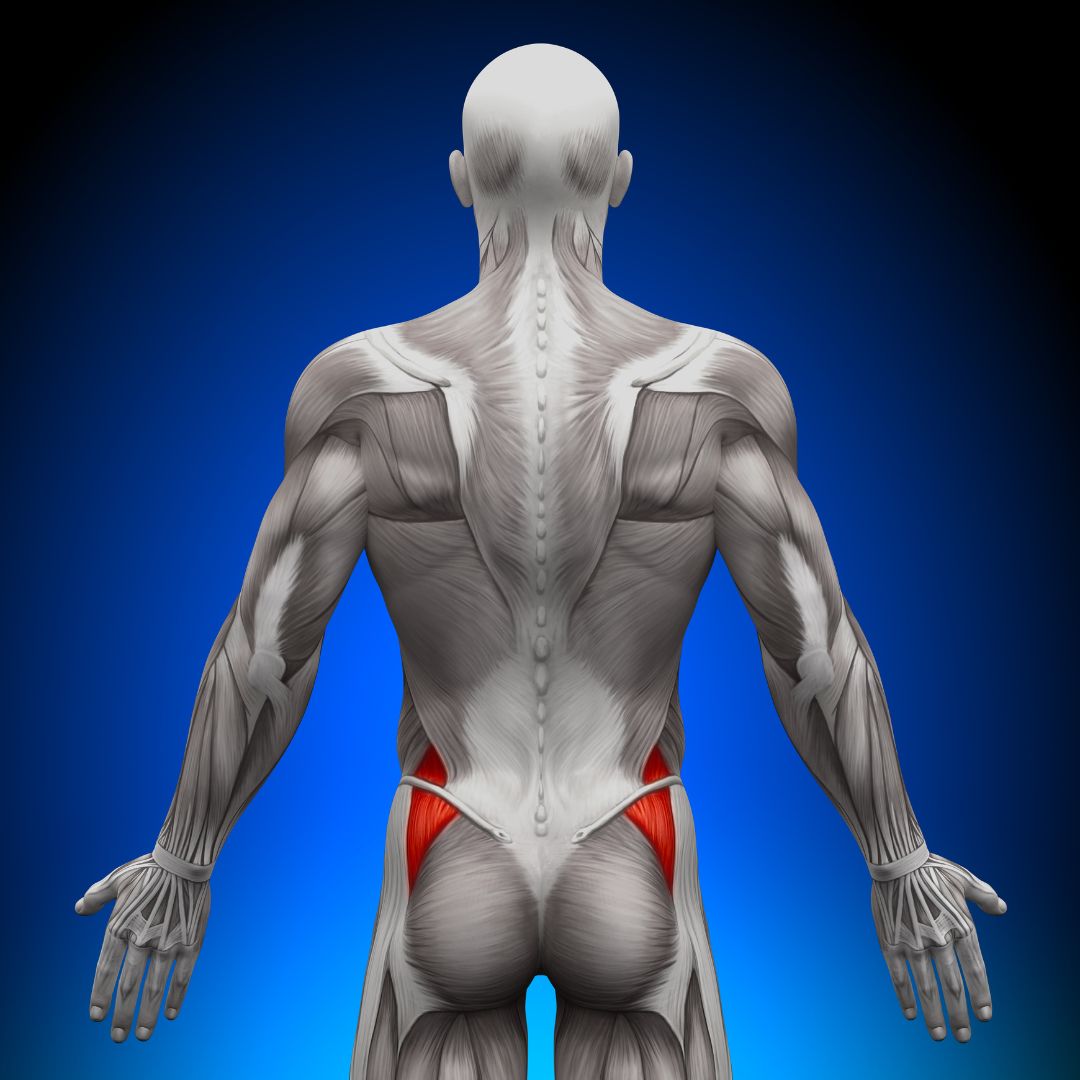If your hip has been giving you cheek lately, it might not just be sitting too long or a dodgy mattress to blame. One sneaky culprit is gluteus medius tendinopathy – a condition that can make every step, stair, or night’s sleep feel like a challenge. If this sounds familiar, it may be time to call (03) 8360 8363 and book an appointment with the osteopaths at Altona Meadows Osteopathy. We’re here to help.
Meet the gluteus medius – your hip’s unsung hero
The gluteus medius is a fan-shaped muscle located on the outer surface of the pelvis. It plays a critical role in stabilising the pelvis when standing, walking, or running. The tendon of the gluteus medius attaches to the greater trochanter of the femur (the large bony lump on the side of your thigh bone).
When the tendon gets grumpy
Tendinopathy refers to pain and dysfunction in a tendon, usually related to overuse, repetitive stress, or degenerative changes. In the case of the gluteus medius, tendinopathy often causes pain on the outer hip, which may worsen when lying on the affected side, climbing stairs, or walking long distances.
Why does it happen?
Gluteus medius tendinopathy can arise from:
- Repetitive stress, such as long-distance walking or running
- Sudden increases in activity levels
- Poor biomechanics, including hip or pelvic instability
- Muscle weakness in the gluteal region
- Age-related changes in tendon structure
It is also commonly seen in association with greater trochanteric pain syndrome, an umbrella term for pain conditions affecting the outside of the hip.
Spotting the signs
Typical symptoms of gluteus medius tendinopathy include:
- Tenderness over the greater trochanter (which is the prominent, bony bump on the outside of the femur)
- Pain on the outside of the hip
- Discomfort when lying on the affected side
- Pain during activities such as stair climbing or long walks
How osteopathy may help get you moving again
Osteopathic care aims to address both the local tendon pain and the broader contributing factors. Treatment may involve:
- Gentle manual therapy to improve hip and pelvic mobility
- Exercises to strengthen the gluteus medius and surrounding muscles
- Advice on activity modification to reduce strain on the tendon
- Postural and gait assessment to identify contributing biomechanical issues
By improving strength, mobility, and alignment, osteopathy works to reduce pain and promote more efficient movement patterns.
What you can do at home
Alongside osteopathic treatment, some strategies may help manage symptoms:
- Gradually returning to higher levels of activity
- Avoiding prolonged lying on the affected side
- Performing prescribed strengthening and stretching exercises
Time to call your local osteopath
If hip pain is interfering with your sleep, mobility, or ability to exercise, it is important to seek professional advice. Osteopaths are trained to assess musculoskeletal conditions and provide individualised care to support recovery.
If you suspect you may have gluteus medius tendinopathy, don’t wait for it to get worse. Call (03) 8360 8363 today to book an appointment with the osteopaths at Altona Meadows Osteopathy. And don’t forget to follow us on social media for more tips on staying healthy and active. We’re on Facebook and Instagram.
Information provided here (including text, graphics, images, outbound links, and other material) is for informational purposes only. It is general in nature and is not to be used or considered as a substitute for personalised professional medical advice, diagnosis, or treatment. Always seek the advice of your qualified allied health provider regarding any symptoms, medical conditions, or treatments and before undertaking any new health care regimen.
References
When needed, we research our content using a range of sources across both web and books. Regular references we use include:
- Foundations of Osteopathic Medicine, 4th ed. Seffinger et al. 2019
- Thieme Atlas of Anatomy, 4th ed. Gilroy et al. 2021.
- Clinical Sports Medicine: Injuries, 5th ed. Brukner & Khan. 2017.
- Principles of Anatomy & Physiology, 13th ed. Tortora & Derrickson. 2011.
- Differential Diagnosis and Management for the Chiropractor. 5th ed. Souza. 2016.
- Physiopedia website – https://www.physio-pedia.com/home/
- Pubmed website for latest articles – https://pubmed.ncbi.nlm.nih.gov/
- Google Scholar for latest articles – https://scholar.google.com/
- World Health Organisation website – https://www.who.int/
- Osteopathy Australia website – https://osteopathy.org.au/
- Australian Physiotherapy Association website – https://australian.physio/
- Chiropractic Australia website – https://www.chiropracticaustralia.org.au/
- Professional bodies websites and health conditions charity websites, like Arthritis Australia – https://arthritisaustralia.com.au/
